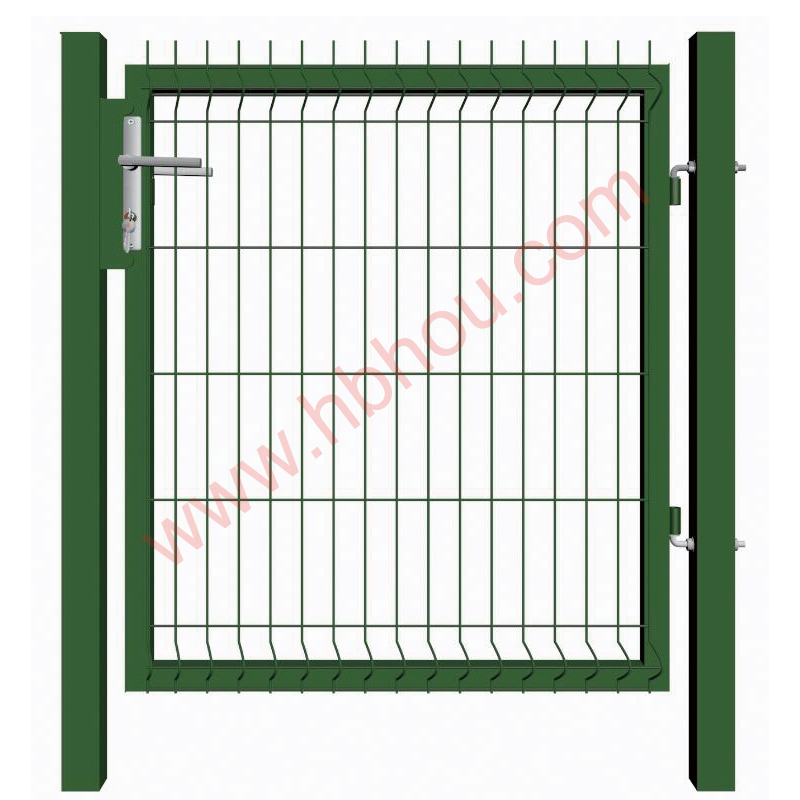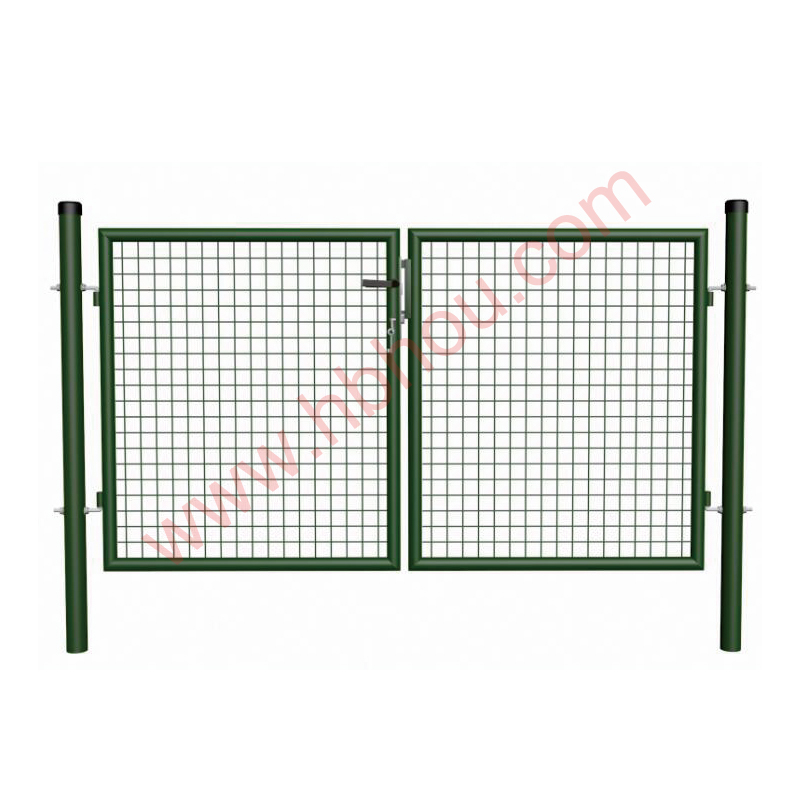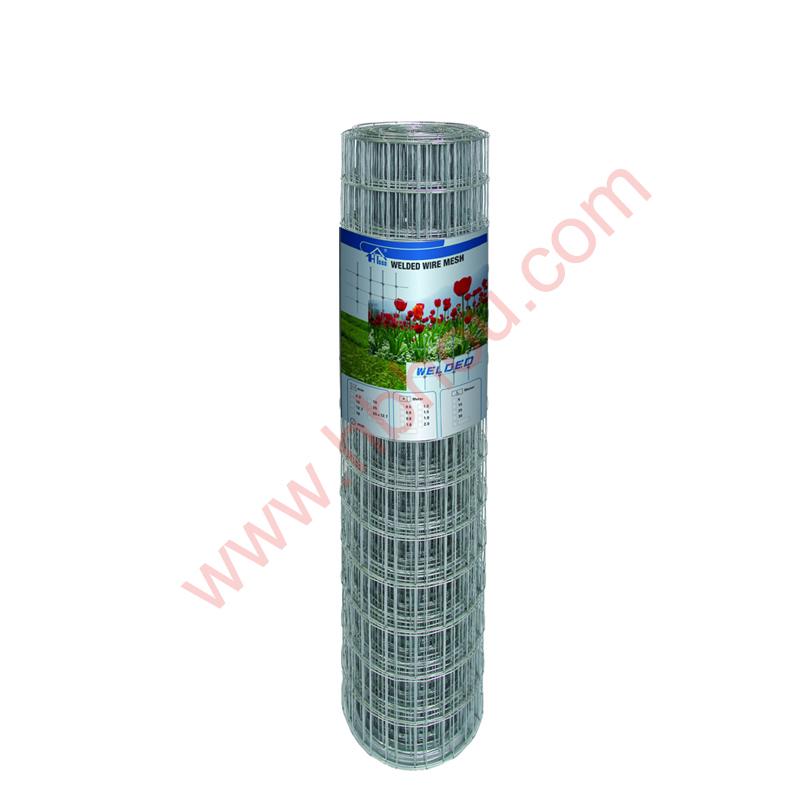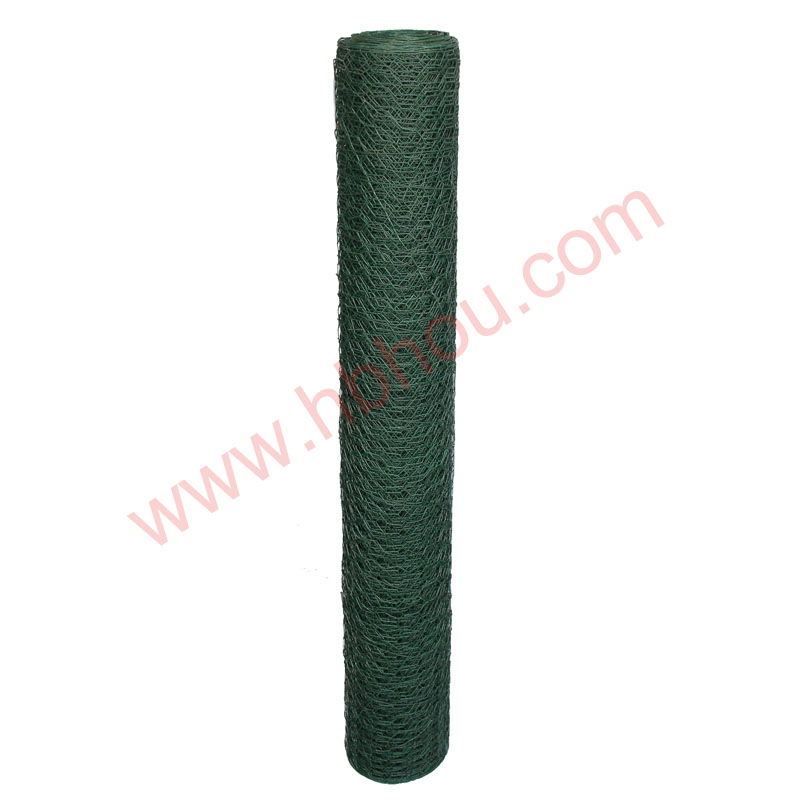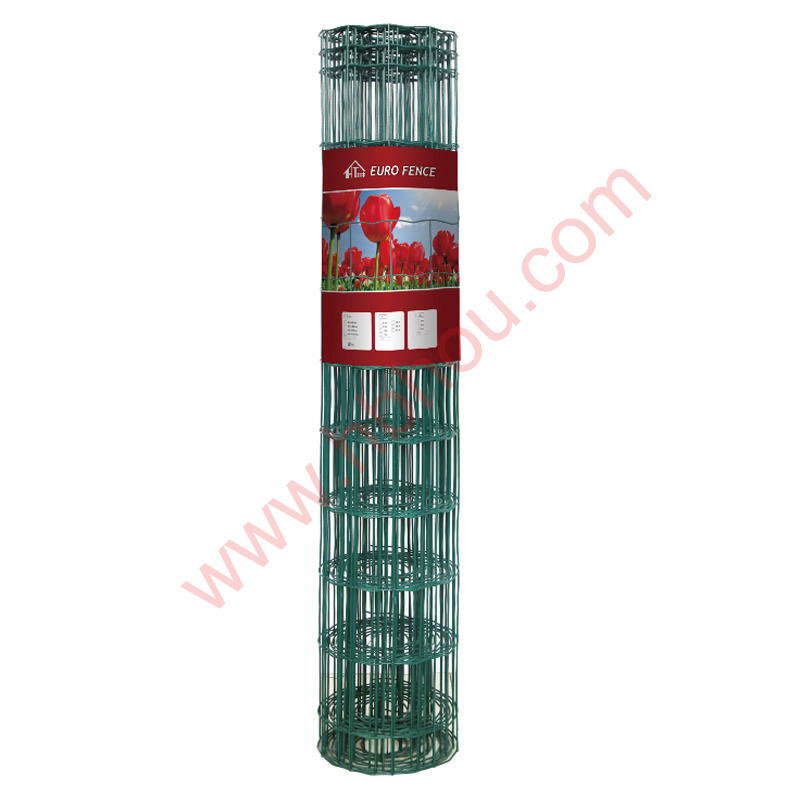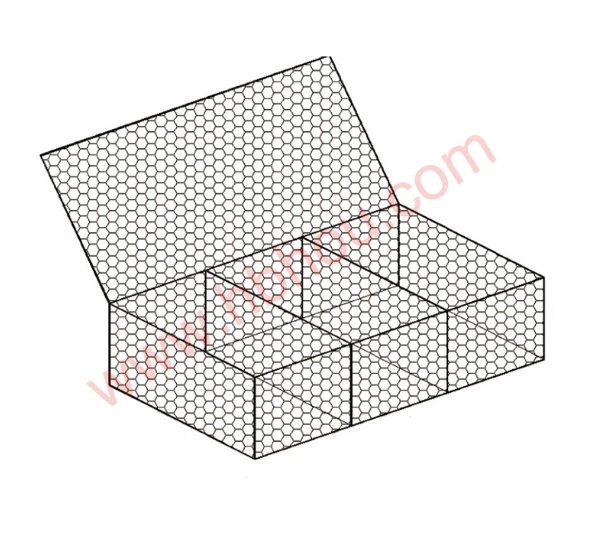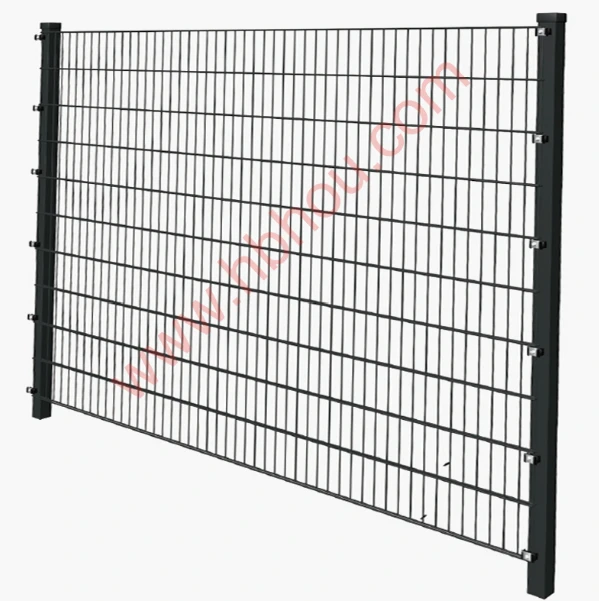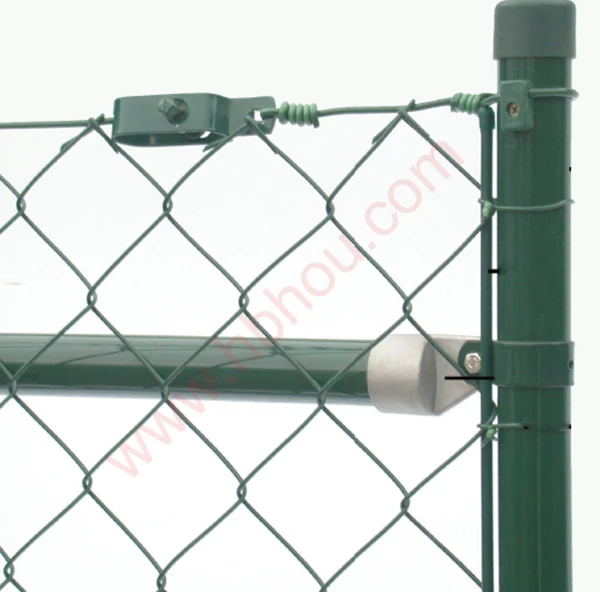The Versatility and Strength of Gabion Rock Wall Cages
Gabion rock wall cages have emerged as a popular choice in the field of landscape architecture and civil engineering. Composed of wire mesh filled with stones or other materials, these structures provide practical solutions for a variety of applications, ranging from erosion control to decorative landscaping. In this article, we will delve into the characteristics, benefits, and applications of gabion rock wall cages.
Understanding Gabion Rock Wall Cages
Gabions, derived from the Italian word gabbione, meaning big cage, are rectangular or hexagonal structures made of wire mesh. Traditionally, the wire is crafted from coated steel or galvanized materials, which offer excellent durability against the elements. The cages are filled with natural stones, but can also accommodate recycled materials like concrete debris or brick waste. The resulting structure is robust, customizable, and aesthetically pleasing.
Advantages of Gabion Rock Wall Cages
1. Environmental Benefits Gabion walls are an ecologically friendly alternative to conventional retaining walls. They promote vegetation growth and allow for natural filtration of water, which can help reduce runoff and improve the quality of groundwater. Additionally, the use of local stones for filling reduces the carbon footprint associated with transportation.
2. Structural Integrity The design of gabion walls allows them to adapt to the natural shifts in the earth, making them exceptionally resilient in areas prone to soil erosion or rockfalls. The wire mesh cages enable the rocks to shift and settle while still providing support, significantly reducing the risk of failure.
3. Versatility Gabion rock wall cages can be utilized in a myriad of ways. They can serve as retaining walls to stabilize slopes, barriers for noise reduction, or even decorative features in a garden. Their versatility is amplified by the fact that they can be stacked and arranged in various configurations to suit specific needs.
gabion rock wall cages
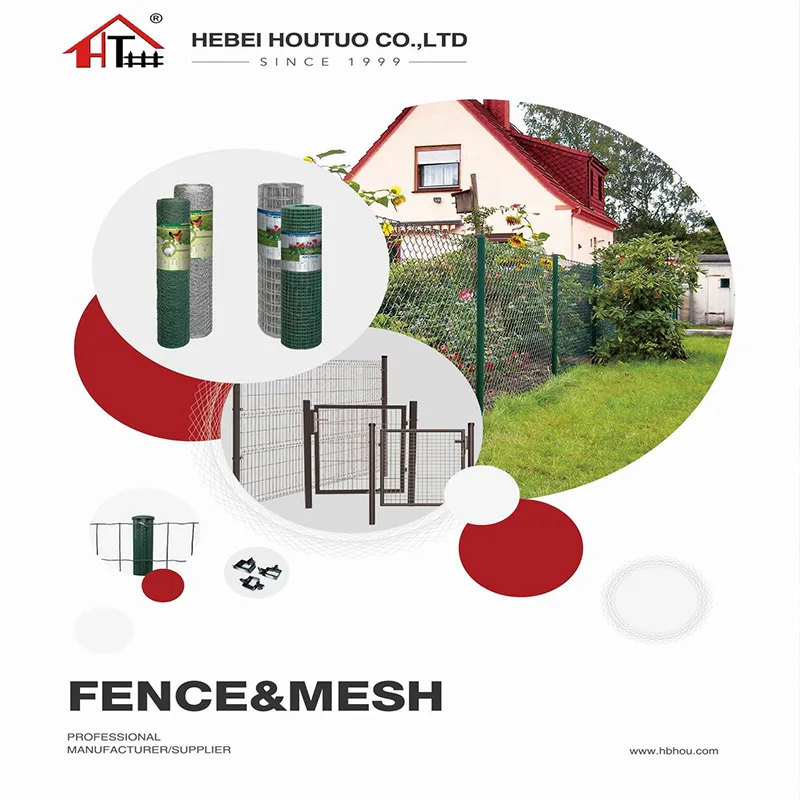
4. Cost-Effective Compared to traditional concrete walls, gabion walls often represent a more economical solution. The materials used are generally less expensive, and the installation process is less labor-intensive, especially when local materials are sourced.
Applications of Gabion Rock Wall Cages
Gabion rock wall cages find their applications across different sectors. In civil engineering, they are prominently used for slope stabilization, riverbank protection, and stormwater management systems. Their ability to absorb and dissipate energy from flowing water makes them ideal for protecting infrastructure from flood damage.
In landscaping and architecture, gabions can create visually appealing garden walls, seating areas, and even art installations. The natural stone filling can enhance the aesthetics of outdoor spaces while providing functional benefits. Homeowners are increasingly incorporating gabion features into their landscape designs due to their rustic charm and durability.
Moreover, gabion walls have gained popularity in urban environments for noise barriers along roads, marking an effective solution to minimize traffic sounds while blending seamlessly into the landscape.
Conclusion
Gabion rock wall cages offer a multitude of benefits that make them an attractive and effective choice for various construction and landscaping projects. Their environmental advantages, structural resilience, versatility, and cost-effectiveness position them as a go-to solution for engineers, architects, and homeowners alike. As awareness of sustainable building practices continues to rise, gabions are poised to play an increasingly prominent role in the future of construction and landscape design. Whether used for erosion control, aesthetic enhancement, or structural support, gabion rock wall cages combine practicality with beauty, making them a remarkable addition to modern engineering and landscaping practices.


